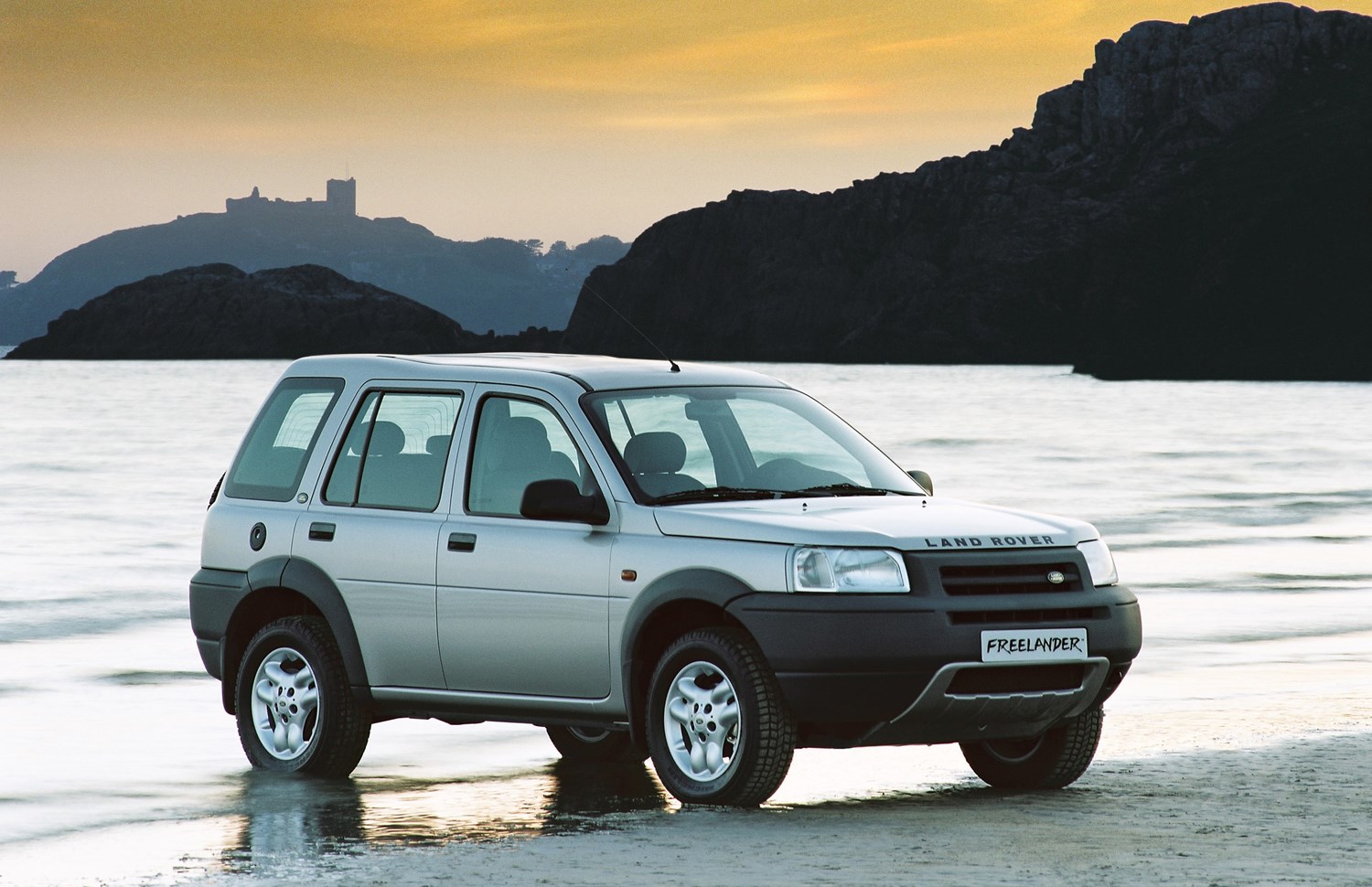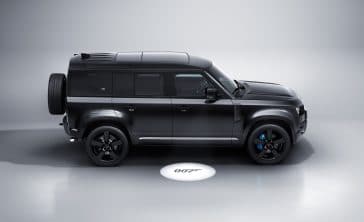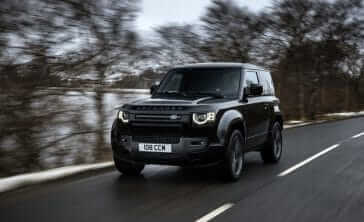Model review
Though Land Rover’s line-up today might be vast, a couple of decades ago things were a bit sparser – buyers having the option of the no-nonsense Defender, the practical Discovery and luxurious Range Rover. But there was a gap for a more affordable model, which this British firm sought to fill with the Freelander.
Launching in 1997, buyers could choose it as both a three- and five-door, and with its rugged looks and relatively low price, it proved quite the hit, with Land Rover selling more than half a million first-generation Freelanders in the model’s nine-year lifespan.
Latest model
There was only one major change in the first-generation Freelander’s run, and that came in 2004 with a facelifted version. It boasted a much-improved interior and exterior, along with new aids such as electronic traction control and Hill Descent Control – the latter being one of the first uses of this technology at the time, helping to brake the car when going down steep tracks off-road.
There was also the introduction of a new Sport model, bringing a greater focus on its on-road driving performance, as it was equipped with a lower and firmer suspension setup that reduced body roll and improved driver feedback.
A second-generation Freelander, which we’ve reviewed separately, arrived in 2006 – earning itself the name of the Freelander 2. Today, the next best thing to this model is the Discovery Sport.
Value for money
It’s pretty telling as to just how expensive cars have become when a new Freelander cost under £16,000 when new in the late 1990s, and now a new Discovery Sport would set you back a minimum of £32,000.
Today, though, with the first Freelander not being on sale for 15 years, it offers buyers great value for money when looking for a cheap and useful off-roader. That said, you’ll still struggle to get a good one for under £1,000, while the tidiest low mileage examples could set you back up to £5,000. Expect to pay somewhere in the middle for a decent high-mileage example with a few years still in it yet.
Looks and image
Though the Freelander hasn’t been on sale for some time, it actually still looks quite pleasant. With the majority of versions being fitted with alloy wheels, and chunky plastic cladding featuring, it still offers those rugged looks many buyers hope and expect for. You’ll want a Sport version for maximum street cred, though, thanks to the larger 18-inch alloys and lower suspension setup.
By modern standards, the Freelander unsurprisingly falls behind, lacking any technology and many creature comforts of newer rivals. That said, everything it comes with is simple and logical to use, with clear and smart dials that aren’t actually a far cry from the ones Land Rover still uses today. Hard-wearing materials lack the ‘premium’ nature of modern models from the firm, but are durable and have proven to stand the test of time.
Behind the wheel, the Freelander certainly feels much better-suited to rough tracks than tarmac, though a comfortable ride certainly aids matters further. Choose a Sport if you want something a bit more involving, though it certainly won’t prove to be on par with your average hatchback.
Space and practicality
Despite being Land Rover’s baby model at the time, it’s actually rather roomy inside – shaming many modern cars of the same size. All but the tallest adults will be able to sit comfortably in the rear seats, while the boot is a good size as well.
Just be aware that even by standards at the time, it falls short when it comes to safety, with only the driver and front-seat passenger getting airbags, with no others available as options. Even when new, the Freelander scored just a three-star safety rating from Euro NCAP.
Engines
Four engines were offered on the original Freelander, with a range of petrol and diesel units available.
Let’s begin with petrol, with a 115bhp 1.8-litre unit kicking off the range, and being able to power the Freelander from 0-60mph in 11.8 seconds, which isn’t too bad really. The most powerful engine available in the first-generation Freelander was a 175bhp 2.5-litre V6 unit., being able to hit 60mph in around 10 seconds.
As for diesel, Land Rover initially offered an underpowered 96bhp 2.0-litre, but the vast majority of diesel Freelanders will use a turbocharged 110bhp 2.0-litre unit, which is sourced from BMW (who owned the firm at the time). It’s by no means quick – taking 14 seconds to get from 0-60mph – but is actually quite a good fit for this off-roader.
Manual and automatic gearboxes are available across the range, with all Freelanders coming with four-wheel-drive.
Running costs
Regardless of which Freelander you go for, it’s safe to say running costs will be quite high – especially by modern standards. Neither petrol unit can manage 30mpg, while even the most efficient diesel (the manual) will return just 37.2mpg, but you’ll likely achieve around 30mpg in the real-world. All models have CO2 emissions in excess of 200g/km, too.
Road tax will also be steep as well, costing at least £300, but as much as £565 in the Freelander’s thirstiest guise – which will be quite a chunk of how much the car is worth. It’s certainly worth double checking how much the road tax will cost before buying.
Things to look out for
Land Rover doesn’t have the best of reliability reputations anyway, but the Freelander is probably the worst of the lot. It has consistently been ranked near the bottom of reliability surveys, too.
Key things to look out for is whining from the rear of the car, which could suggest new wheel bearings are needed, or worse a problem with the differential – the latter could cost you into four figures to fix. Models that have been used for off-roading could have a cracked chassis, with these vehicles being ones you should avoid at all costs, while petrol models are prone to head gasket failures and water leaks.
In short, if you’re buying a used Freelander, get it professionally inspected before buying.
Rivals
If you’re looking at a used low-cost off-roader, there are a number of options you should consider – including the Nissan X-Trail, Suzuki Vitara and Toyota RAV4. All those should prove to be more reliable than the Freelander as well.
Depreciation
With first-generation Freelanders not being on sale since 2006, all models will have depreciated fully, so this is something you need not worry about when buying.





